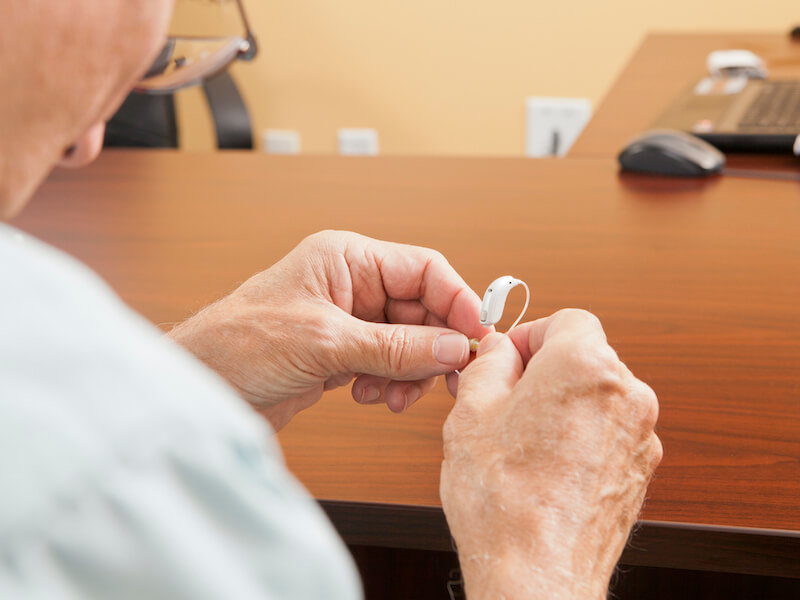
You take care of your hearing aids. When you go to bed, you always put them snuggly on the charger and you clean them daily.
Suddenly and distressingly, your hearing aids aren’t working the way they once did. There are several things you can do to troubleshoot the problem, luckily. Just remember: your main job is to refrain from damaging your hearing aid additionally (or you might have to replace them).
Hearing aid troubleshooting
Naturally, when you first got your nice new hearing aids, you made a point of storing the owner’s manual in a safe spot. Hopefully, you did so that you can consult with your owner’s manual to undertake maintenance and troubleshooting. Each model of hearing aid can be rather different so it’s essential to follow the manual’s recommendations.
Here are some things you can check on most models:
- Wax buildup: Make sure there is no wax on your hearing aid by giving it a visual inspection. Wax can build up quickly even if you clean your hearing aids frequently so make it a point to double check.
- Check your battery: Even if you know your hearing aids charged all night, you’ll want to double-check the battery power. It might be a good idea to check if you might need new batteries or if the old ones are properly inserted, particularly if your batteries are replaceable.
- Look for noticeable damage: Do you observe any visible cracks or loose components around the shell of your hearing aid? Cracks, clearly, could suggest more extensive damage (or let in moisture).
- Keep your microphone clear: Check your hearing aid to see if anything is blocking the microphone. An obstructed microphone can create feedback or can cause your hearing aids to sound broken or silent.
Again, consult your owner’s manual on how you might approach each of these concerns. Self-maintenance is sometimes possible.
How will I know when my hearing aid requires repair?
If your hearing aid continues to malfunction after you have performed basic maintenance and troubleshooting, it’s likely that your hearing aid will have to be professionally repaired. That might not always sound appealing, after all, you depend on your hearing aid for daily communication (along with dinners with your family, staying up to date with your favorite Netflix series, and so on).
It’s certainly worth noting that “repair” doesn’t necessarily translate into “mail your hearing aids in for service and wait several weeks”. In some instances, we can fix your hearing aid in office while you wait.
Or, depending on the extent of the damage, you could have your hearing aids back in a few hours.
There are still some instances where such rapid repair is not possible. And in those cases, you may find yourself in need of a backup pair of hearing aids. Perhaps you have an old pair that will do temporarily in a pinch. We might even be able to let you borrow a pair while you are waiting.
Get help with your hearing aids right away
If the sound quality is beginning to falter, it’s crucial to get your hearing aids checked and repaired.
You’ll want to avoid any downtime. Neglected hearing loss can impact your general health, including your mental health. And it becomes all too easy to leave your hearing aids laying in a drawer somewhere while your hearing continues to decline.
The optimum way to keep your hearing healthy is to keep those hearing aids working. Keeping them charged, clean, and when necessary, professionally repaired is the best way to do that.
